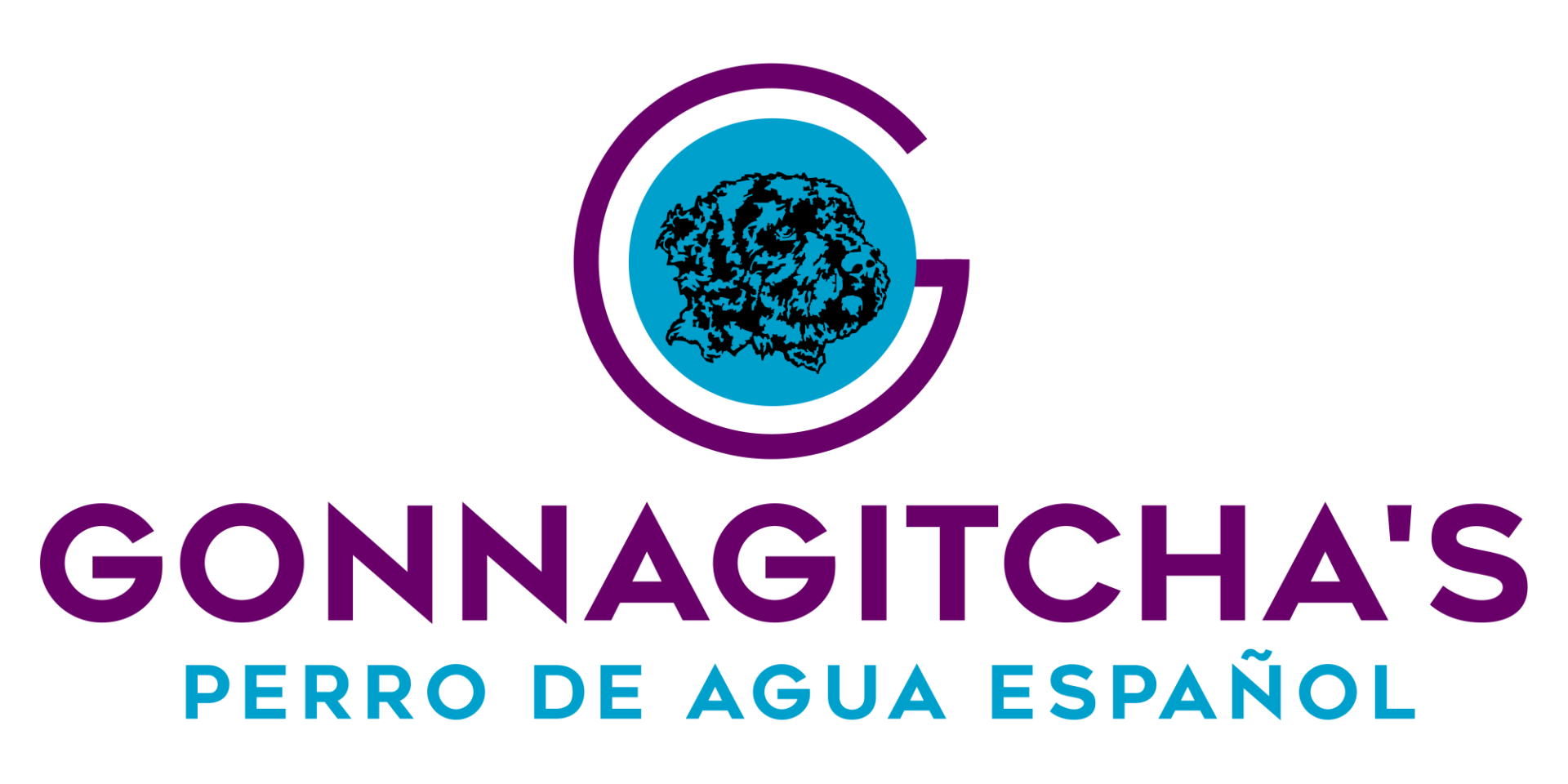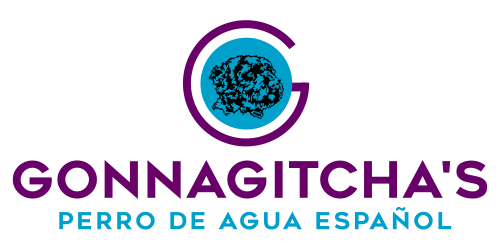Breed standard - FEDERATION CYNOLOGIQUE INTERNATIONALE (FCI)
Publication of the original, valid breed standard: 12-20-1990
Revision of the original, valid breed standard: 03-06-1999
Class classification FCI:
Group 8: Retrievers, Spaniels and Water Dogs.
Section 3: Water Dogs.
Distribution area:
southern Spain and the Cantabrian coast; to a lesser extent in the rest of Spain.
Work and Hunting Trials:
Because a Perro has not been registered with the FCI by the country of origin (Spain) as a working dog, a Perro cannot compete in working and hunting trials.
General view:
Simple dog of good proportions (medium weight). Dolichocephalic. Is slightly longer than high in dimensions (ratio 9 : 8). Harmoniously formed, a graceful appearance. Is athletically built and well muscled, thanks to constant exercise. Has a rectilinear profile. Sight, smell and hearing are very well developed.
Character:
Loyal, obedient, cheerful, diligent, courageous and balanced. Has great learning ability due to his extraordinary understanding. Adapts to all situations
Use:
Sheepdog, hunting dog, fishermen's help, companion dog.
Size and Weight:
Height at the withers of the males: 44 to 50 cm.
Height at the withers of bitches: 40 to 46 cm.
Weight of the males: 18 - 22 kg.
Weight of bitches: 14 – 18 kg.
Head:
Firm head, gracefully carried
Skull Environment:
Skull: Flat skull, inconspicuous occipital protuberance. Skull and muzzle are parallel to each other.
Stop: Slightly pronounced stop.
Facial environment:
Nose: The nostrils are clearly visible. The rhinarium is the same color, or slightly darker than the darkest color of the coat.
Muzzle: The ratio between the length of the skull and the muzzle is about 3 : 2.
Lips: Tightly fitting upper and lower lips.
Teeth: Well formed, white teeth. Well-developed canines.
Eyes: The eyes are slightly slanted and fairly far apart. They are very expressive. Iris from hazelnut to chestnut color, to match coat is desirable. The conjunctiva is not visible.
Ears: Set on half-high, triangular, hanging ears.
To:
Short and muscular, with tight fitting skin.
Very well fitted at the shoulders.
Body:
Robust body.
Topline: Straight.
Underline: Tight belly.
Withers: Not conspicuous.
Back: Straight and strong.
Chest: Broad, deep. Well arched ribs.
Spacious chest with large lung volume
Croup: Slightly sloping.
Forehand:
Firm and straight.
Shoulders: Well-muscled sloping shoulders, perfectly connected to the chest.
Upper arm: Powerful and oblique.
Elbows: Parallel and close to the chest.
Forelegs: Strong and straight.
Wrists: Strong, slightly short.
Feet: Powerful metatarsals and tarsals with strong bones and tendons. Round feet with well connected toes. Nails of different color. Strong, resistant foot pads.
Hindquarters:
Perfectly vertical. Not conspicuously angulated and with muscles capable of giving the body the strong impulse for walking and for making easy and graceful jumps.
Thighs : Broad and well muscled.
Lower legs : Well developed.
Hocks: Deep hocks.
Knees: Short, dry and placed vertically.
Feet: See before.
Tail:
Turned on half high. *
*The description of the tail carriage has been canceled pending the decisions of the Spanish parent club.
Movement:
The preferred gait is the trot, although he also displays a spectacular range of sprints, jumps, turns and dribbles that demonstrate his inexhaustible energy. The canter is short and hopping.
Skin:
Supple, fine, close to the body, with chestnut pigmentation, black or in accordance with the darkest shade of the coat. The same applies to the mucous membranes.
Coat:
Long and uniform all over the body. Always curly and woolly. Dogs with long or shaved hair, as well as those with hair clipped on the head, legs or feet, are allowed. Under no circumstances are artificially shaved specimens allowed. The maximum allowable length of hair for exhibitions is 12 cm (smoothed 15 cm) and the minimum length is 3 cm.
Colour:
Allowed are all single-colored coats and the coats in which two colors are evenly distributed, where white must always be present. Tricolor is not allowed.
Errors:
Any deviation from the aforementioned points should be regarded as an error, which will be judged in proportion to the seriousness of the deviation from the standard.
Serious errors:
- Clear saddle formation at the back of the loins. No straight legs. Hanging or extremely tucked up belly.
Disqualifying Faults:
- Over or undershot dentition. Presence of rudimentary toes. Absence of one or both testes or undescended one or both testes. Smooth or wavy coat, Albinism. Speckled, black-spotted or brown-spotted coats. Unbalanced character. hair of the Perro de Agua Español curls from birth. That is, specimens with hairs only one centimeter long should be curled all over their body, even if they are cut as short as possible, they will dry completely curled after washing.





